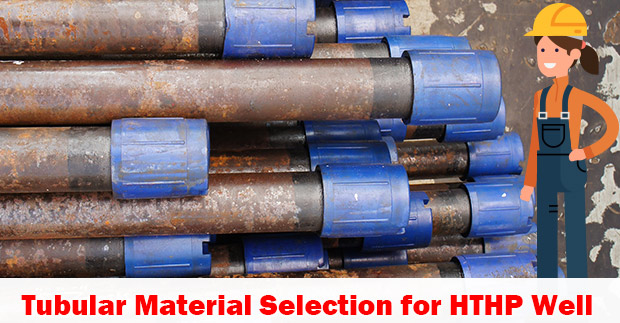
This article demonstrates how to select material that will be suitable for high pressure, high pressure and corrosive environment. The material chart is based on the Sumitomo tubular chart.

Well conditions are as follows;
Reservoir: High pressure & high temperature gas reservoir
Reservoir Temperature: 420 F (216 C)
CO2 content: 2.9% mol
H2S:40 ppm
Chloride Ion Content in Produced Water: 150,000 ppm
Fluid saturation pressure: 10,000 psig Continue reading















